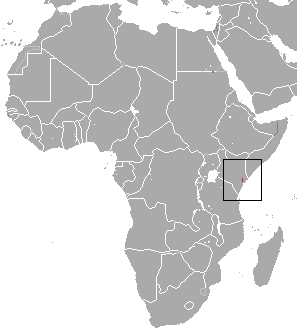Facts About Tana River mangabey
The Tana River mangabey is a critically endangered primate found exclusively in southeastern Kenya, along the lower Tana River. This species faces significant threats from habitat loss and degradation due to human activities.
These monkeys are diurnal and spend considerable time on the ground, living in social groups that range from 13 to 36 members. They possess unique dentition that enables them to consume hard nuts, seeds, and fruits. In terms of reproduction, the species is polygynous, with one male mating with multiple females. Males often engage in conflict to secure and maintain their territories. Their diet is diverse, including leaves, seeds, fruits, insects, and eggs.
The Tana River mangabey inhabits riverine gallery forests, which are becoming increasingly fragmented due to human encroachment. To protect this species and its habitat, the Tana River Primate Reserve was established in 1976. Unfortunately, habitat loss continues outside the reserve, driven by activities such as agriculture, logging, and hunting.
Listed as critically endangered by the IUCN, the Tana River mangabey is the focus of various conservation agreements. Community initiatives like the Ishaqbin Conservancy aim to integrate tourism with conservation efforts, providing economic benefits to both the mangabey and the local communities. Despite these efforts, challenges such as poor project management and ongoing habitat destruction continue to threaten the survival of this unique primate.

 Malawi
Malawi